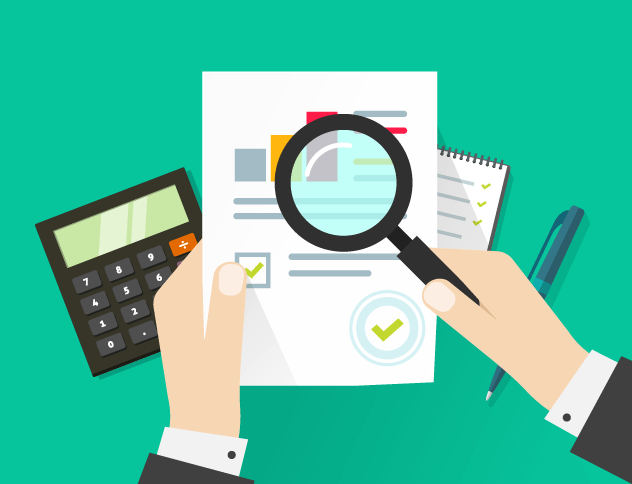How to Prepare Your Small Business for Tax Season

Small business owners are no strangers to stress, but the burden of filing taxes tends to take it all to another level. So, what’s the key to surviving tax season without tearing your hair out? The proper preparation can save small business owners headaches and anxiety. Make sure you’re ready to submit your return this year by following these steps.
Determine what type of tax return you need to file
The type of tax return you need to file depends on the legal structure of your business. If you are self-employed, or if you operate a sole proprietorship or partnership, your business income is reported on your personal tax return, otherwise known as the T1 form. Income from the business itself is reported on Form T2125 (the Statement of Business of Professional Activities). Although the deadline for filing your T1 is June 15, any taxes owing must be paid by April 30.
The process is a little different if your business is incorporated. In this case, your business income must be reported on a T2 corporate income tax return. This is due six months after the end of your fiscal year, although any taxes owing must be paid within 90 days of the fiscal year end. You’ll also still need to file a T1.
Decide how you’re going to prepare your return
Once you know what kind of return you’ll be filing, the next step is deciding who will prepare it, and how. These days, it’s no longer common for people to fill out a paper return, although this option is still possible – the forms can be downloaded from the Canada Revenue Agency website.
The preferred option of many small business owners is a tax software program that allows the return to be submitted electronically. Some of these are available as free downloads or web-based applications, while others must be purchased. If you prefer, some tax software products are available for use on mobile devices. If you live in Quebec, make sure the tax software you choose supports filing in your province as not all do.
The third option is to pay a professional tax preparer or accountant to handle your return. Besides the peace of mind you get from having professional advice and assistance, it’s also worth remembering that small business owners can claim the cost of tax preparation as a deduction. Still, it’s important to choose wisely when picking a tax professional, so take the time to get referrals, check qualifications, understand fees, and ensure that your chosen professional will be available to answer any questions and, most importantly, process your return on time.
Organize your relevant paperwork
Staying on top of important tax documents is best done throughout the year, not just when tax time draws near. By making a habit of filing all receipts, records, and other relevant files, you’ll avoid the last-minute madness many people endure before being completing their return. Even if you haven’t managed to stay on top of your paperwork this year, resist the temptation to take a pile of paper to your tax professional and leave it with them to sort out; they’ll likely charge you for the time it takes.
Understand and take advantage of available deductions
Deductions bring down your bill by subtracting from your total taxable income. You can claim deductions for home-based business write-offs, such as telephone and internet service, utility costs, mortgage interest, and property taxes. Also applicable, if you drive for work-related reasons, are automobile costs such as gas, insurance, and repairs. You’ll need to maintain a mileage log to accurately deduct automobile expenses.
Additionally, don’t forget to take advantage of Capital Cost Allowance, which accounts for the depreciation of business-related assets and equipment, such as computers and machinery, vehicles, furniture, and property. Most importantly, the amount you claim can be adjusted from year-to-year, allowing you to maximize this when your income is higher, and scale it back when income decreases.
Investigate available tax credits
Scientific Research and Experimental Development tax credits are another great way to bring down your balance owing at tax time. You don’t have to be a big business or be incorporated to make the most of these valuable programs, which are available to eligible businesses both at the federal level and in certain provinces and territories.
Remember to budget for instalment payments
If your balance owing is above a certain threshold, typically $3,000 per year, you’ll likely have to pay tax in quarterly instalments going forward. If so, make sure to account for this in your budget planning by putting money aside to pay your tax bills. This will save you from scrambling to pay a hefty tax bill next April.